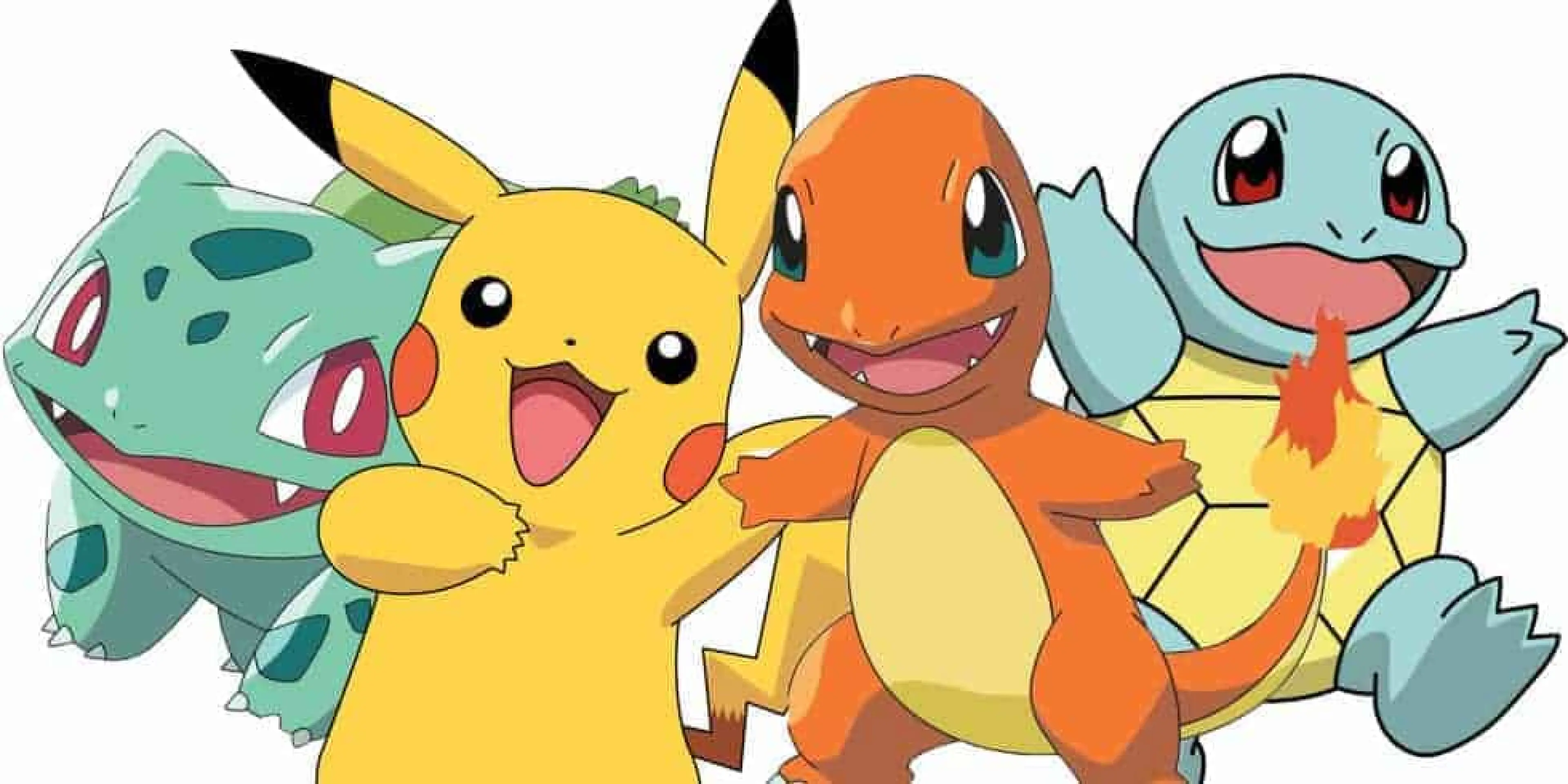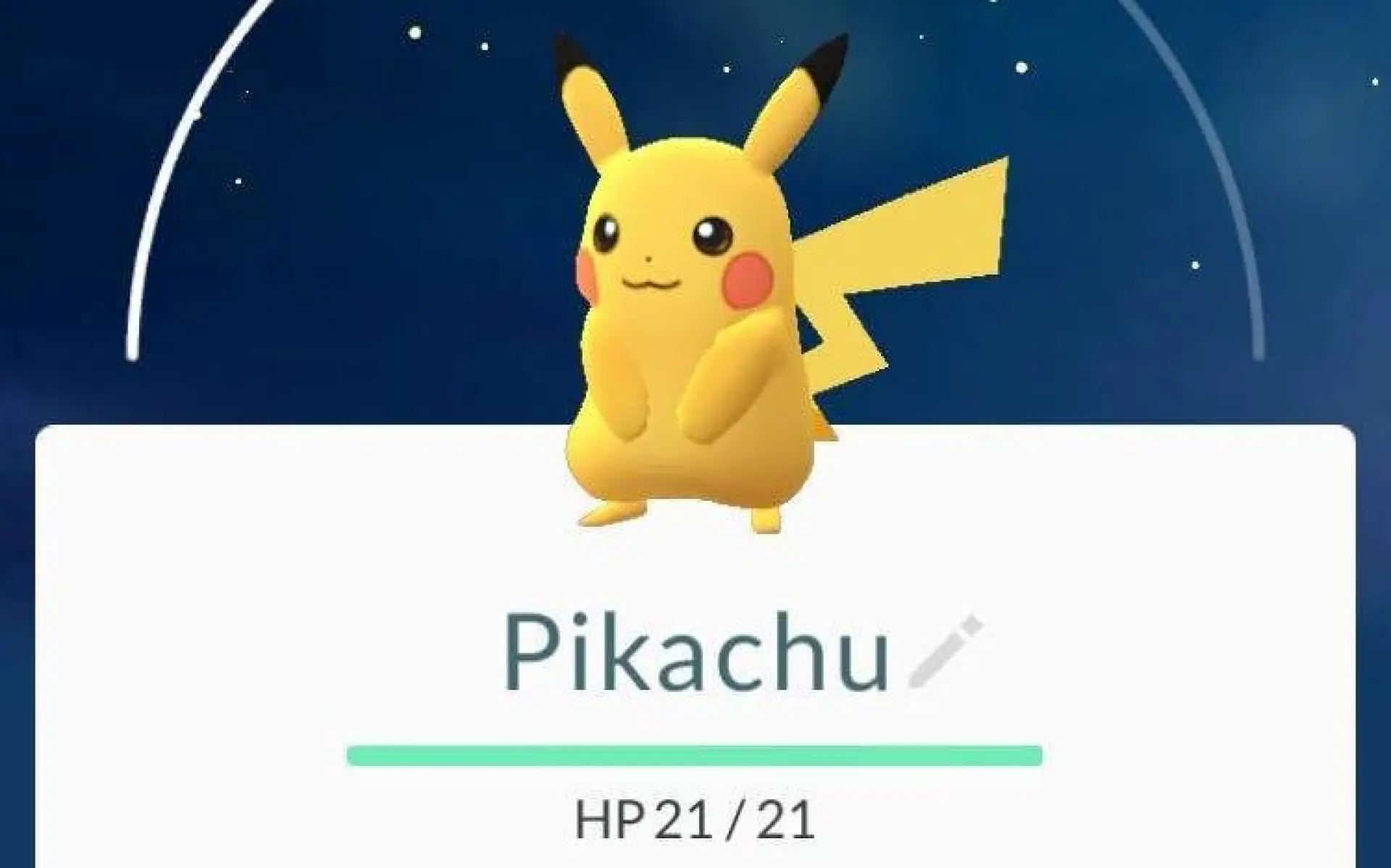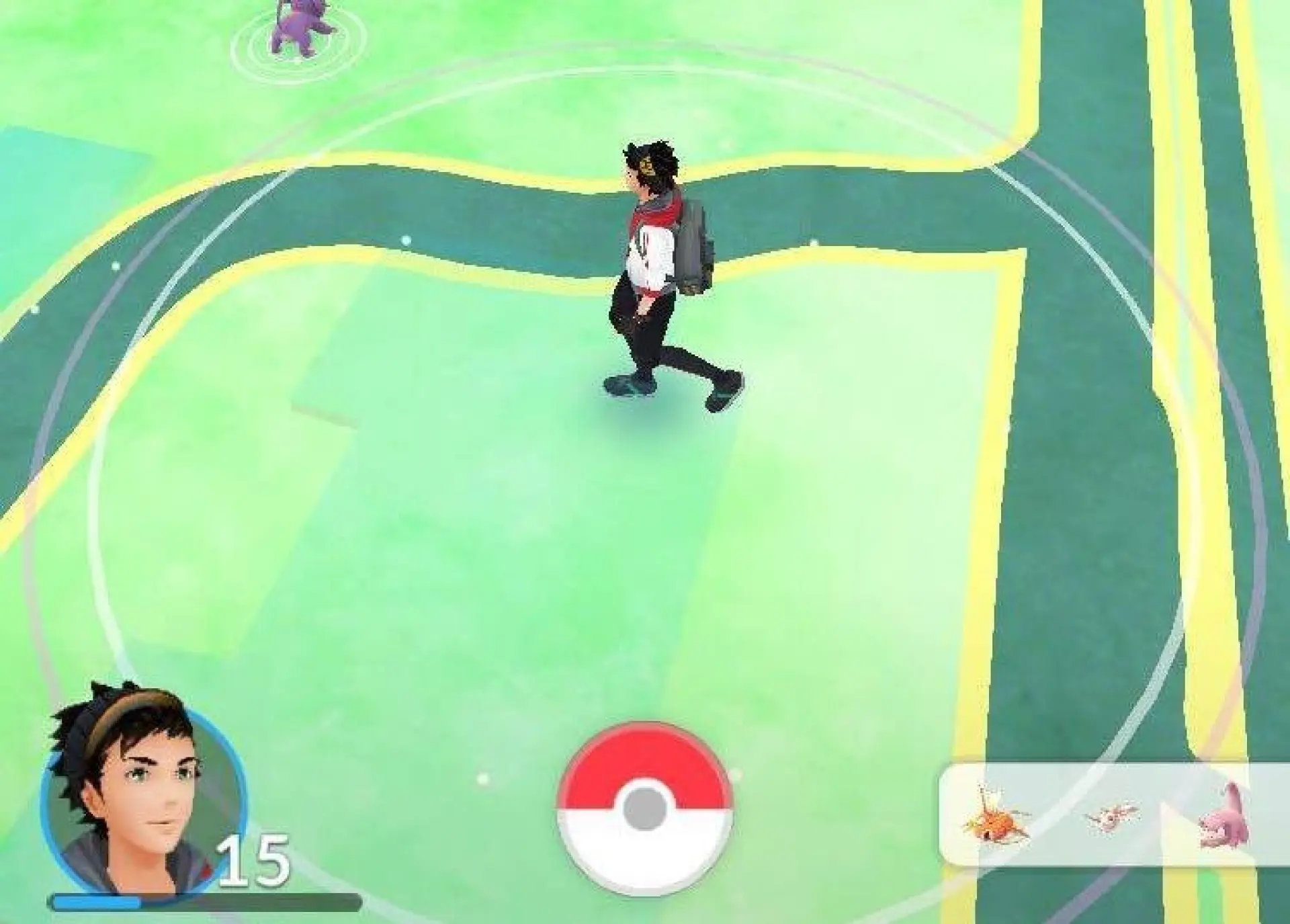Pokemon provided gambling opportunities for children as young as four!
Published:
Pokemon advocates gambling. Children as young as four had access to slot machines where coins could be staked with the promise of increased returns. In a society where underage gambling is seen as unethical, we ask how Nintendo ever got away with it.
Pikachu, the face of the not so family friendly game!

Imagine returning home from work to find your child had lost all their money gambling. Today that would be impossible, never mind unthinkable. Unfortunately, during the golden era of Pokemon the feelings of loss and dread usually reserved for a select few could have been felt by children all across the world. Before anybody makes any assumptions we’re not talking about real cash, but the in-game currency used to assist players in their travels. Players would collect coins as they progressed through Pokemon and were used to purchase poke balls, potions and other pieces of equipment. Without coins, completing the game was nigh-on impossible — especially as enhanced poke balls, which captured high-level pokemon, had to be bought from the store. Sadly, if they lost all their cash, the once enjoyable experience soon became an uphill battle.

It’s not like the slots were purely for fun either. No, it was fashioned like a regular Vegas-style slot machine each with identifiable symbols and very specific payouts. It may have been different if, for example, the players regularly won and prizes were completely random, but they weren’t. Throughout the series the slot machines, much like any modern Vegas slot, used the number seven as the highest paying symbol, with a main prize of 300 coins. This gave the children something to associate reward with, much like Pavlov’s dogs, or Skinner’s rats. From initial thoughts of ‘imagine all the poke balls I could buy with my winnings’ to more nefarious thoughts down the line such as ‘imagine how much cash I could win’, instilling gambling in the young was certainly a risky strategy.
300 coins, we’re sure, is a prize that could constitute as a legitimate reason to carry on playing in the mind of the old, especially when they lacked the mental capacity to understand that enough is enough. Furthermore, identifiable Pokemon also had a part to play as they starred as slot symbols, further associating Pokemon — a kid’s game — with gambling. By using the cheerful happy faces on their monster companions it may have reduced the overall importance of what they getting were involved in. Much like hooking ducks or shooting coconuts appears to be a harmless, yet if done over and over again could become a serious problem.
Due to this, the slot element of the game was banned in South Korea. This was likely due to gambling being illegal in Korea, but it soon set the precedent for other countries to consider the same stance. Not long after this the UK, along with various other countries followed suit after PEGI adapted classification standards.
Fortunately though, it seems that the gambling element didn’t strike a chord with the youth of yesteryear, but it does go to show that even the most innocent of games can have side-games which are geared to an adult audience. Video games have often come under scrutiny for their somewhat inappropriate themes; Bully, for example, was one that came under extreme scrutiny for advocating child violence. Call of Duty has also come under immense pressure to tone down the gore; while games such as Viva Pinata — where players were tasked with building their own pinata farm — was criticised for its violent undertones when children had to smash open their livestock to provide candy for other animals.
Either way, it’s not what you’d expect from a childhood favourite like Pokemon. With the recent rise of Pokemon Go, are we going to see a revival of the in-game poke-slot? Who knows, but we hope not! Either way, be wary because you don’t really know what goes into these games!








